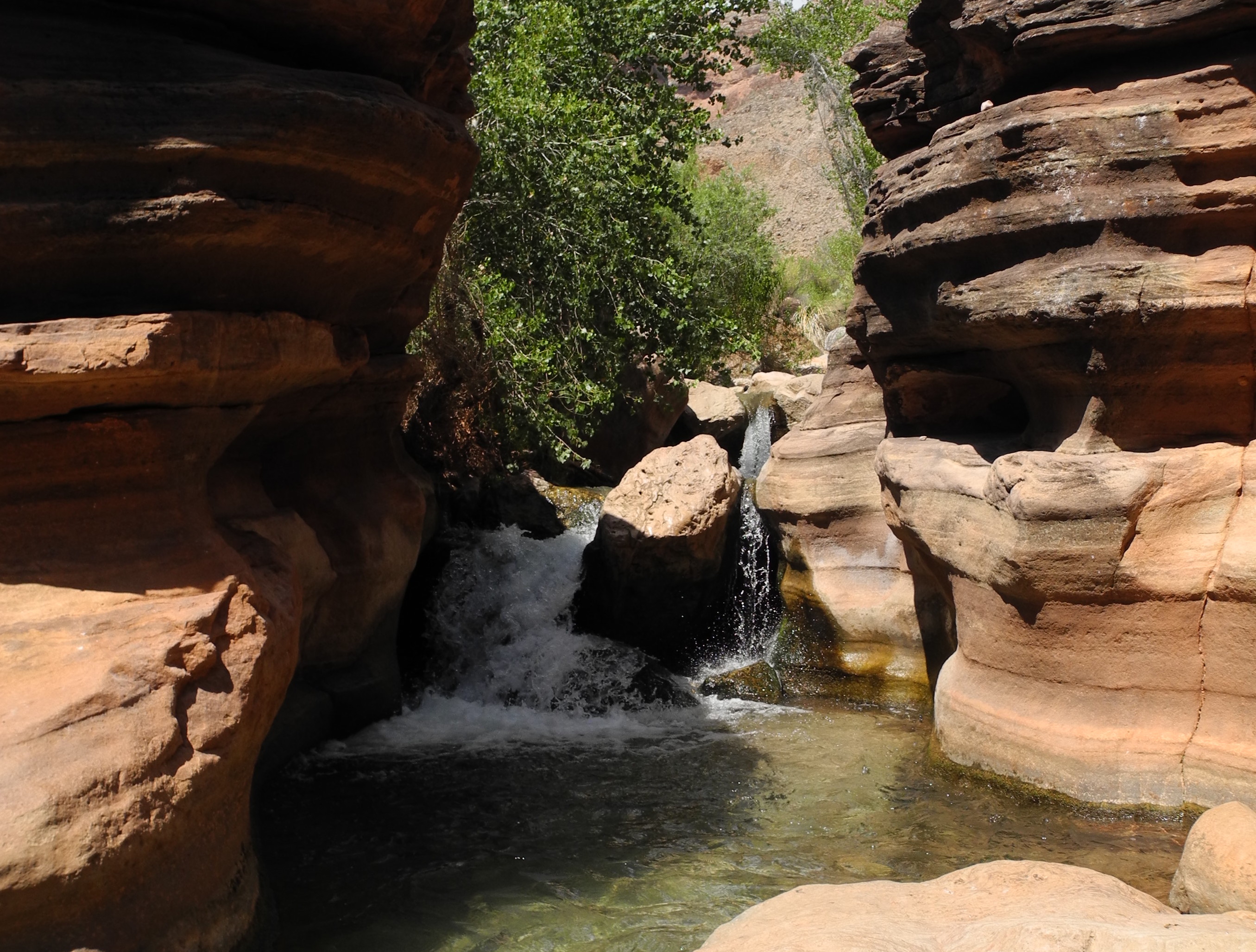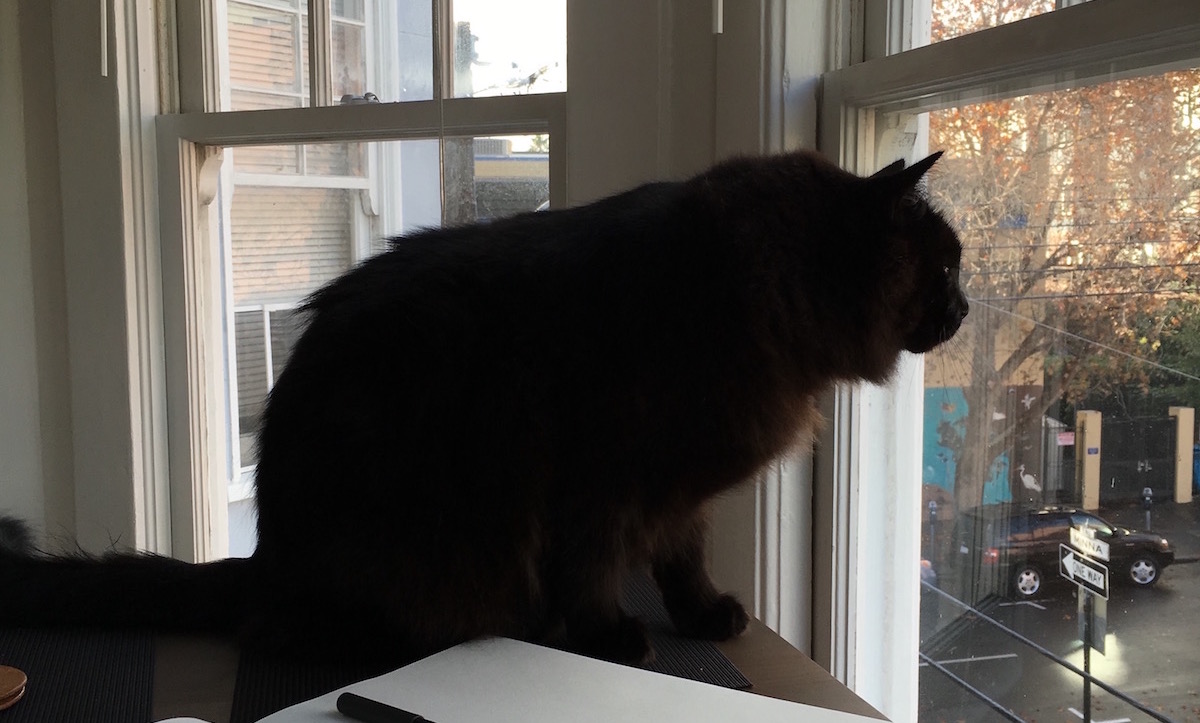In my memory there is a boy who does not worry. He is nearly fearless, the luxury of the invincible. He walks to class across the college quad without shoes, his three quarter length pants baggy and his wallet on a chain. He is at peace here, at least in memory. He has few books, little money, and no plan for the future. He is somewhere between 18 and 21, and his world is smaller than he would admit.
In two thousand three there is a boy who climbs buildings in Tokyo in the dark without fear. He does this casually, stepping off of balconies as though they were stairs, catching himself on the flat of floor above as his feet touch the top of the railing a level below. In this way he slides in and out of conversations at parties, skipping floors from one gathering to another without ever entering the apartments. He is almost a ghost, a part of many moments and somehow impossible to contain. One night in the rain he talks with a colleague on the open walkway in front of their apartment, looking out over Saitama. The dawn is not far off.
“I’ve always wanted to climb that water tower,” he says, indicating one perched on a seven storey building three blocks away. “It must have a great view.” This section of the suburban Saitama sprawl is short, most buildings four or fewer floors.
“That might be tricky,” his colleague says, perhaps tired, perhaps older and aware of the risks. Without pause the boy is off, down the four floors to the ground and away. His colleague watches from the railing as he walks into the apartment building and up to the top floor on a similar exposed walkway, the construction a kind of standard Japanese topography. At the seventh floor he is stymied, for a moment. The stairs do not continue to the roof. After a quick look around this boy climbs onto the railing, balancing carefully. Hands extended for stability he rises to his feet, and reaches for the roof. It is a flat edge, no gutters, and after a moment he pulls himself up onto the roof, seven storeys up, now eight. Later he will confess that this moment scared him, palms flat on the wet concrete, pulling his body up over the edge of the roof with legs dangling below. Trusting to friction.
That morning, though, he makes it, and after a few seconds is up the ladder and onto the water tower’s roof. With a quick wave of triumph for his watching friend he turns to the sunrise, the sky just starting to lighten towards Tokyo.
The memories are clear, the actions easy to recall. The fear of palms on wet concrete that morning has never left me. Instead it is the lack of fear, the easy joy in dropping off my fourth floor balcony and swinging into my neighbor’s third floor card game that has gone, replaced by a concern for insurance, for physical therapy.
Like all changes this was a gradual one. Despite the obvious, it was not triggered by twenty fourteen. I wonder if this tale of aging is a common one, or if the joy of sitting on a lighting truss at 16, thirty feet up above concrete, tightening down a light to my side with both hands while the pipe that held us both swayed with no support that was the odd part. Were we all as free?
Specific moments of change do come back to me. I gave up climbing balconies on moving to China, where the iron balustrades could be shaken by hand free from the concrete. I gave up climbing buildings when the railings became untrustworthy. The sentence is filled with irony, and with half truths. On returning to our campus setting for our ten year anniversary I met some current students who were setting out for a building climbing adventure.
“Did you climb buildings back in your day?” they asked me.
“I’ve been on top of four buildings already this weekend,” I told them, truthfully, and we swapped common approach spots, both so glad to share. It should be their ten year reunion soon, I think. I wonder if they’ll similarly celebrate on top of Chicago, and if they too will one day wonder where that feeling of freedom has gone.

